-
 bitcoin
bitcoin $109523.663807 USD
-0.13% -
 ethereum
ethereum $4019.526508 USD
2.06% -
 tether
tether $1.000482 USD
0.00% -
 xrp
xrp $2.776815 USD
0.18% -
 bnb
bnb $958.942396 USD
0.12% -
 solana
solana $204.294698 USD
3.84% -
 usd-coin
usd-coin $0.999693 USD
0.00% -
 dogecoin
dogecoin $0.232115 USD
2.09% -
 tron
tron $0.338028 USD
0.84% -
 cardano
cardano $0.790920 USD
1.50% -
 hyperliquid
hyperliquid $44.871443 USD
5.60% -
 ethena-usde
ethena-usde $1.000322 USD
0.04% -
 chainlink
chainlink $21.034165 USD
2.60% -
 avalanche
avalanche $28.794831 USD
-0.54% -
 stellar
stellar $0.360466 USD
1.24%
Can a KDJ golden cross during a downtrend be used to capitalize on a rebound?
A KDJ golden cross in a downtrend may signal a bullish reversal, but it's unreliable without volume confirmation, structural support, and alignment with higher-timeframe trends.
Sep 13, 2025 at 06:54 pm
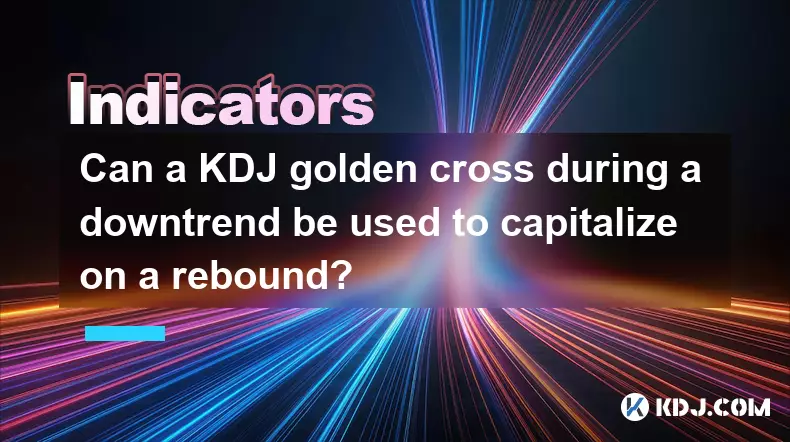
Understanding the KDJ Golden Cross in a Downtrend
1. The KDJ indicator, composed of the K line, D line, and J line, is widely used in technical analysis within the cryptocurrency market. It helps traders identify overbought and oversold conditions based on price momentum and volume trends.
2. A golden cross in the KDJ occurs when the K line crosses above the D line in the lower region, typically below 20, signaling potential bullish reversal energy. This formation suggests that short-term momentum may be shifting upward after a prolonged decline.
3. During a strong downtrend in the crypto market, such signals often appear prematurely. Many traders mistake these early indicators for sustained reversals, only to find prices continuing their descent shortly after.
4. The effectiveness of a KDJ golden cross depends heavily on its position within broader market structure. If the cross appears during a deep oversold phase but against a backdrop of overwhelming selling pressure, it may only reflect temporary exhaustion rather than real accumulation.
5. In volatile markets like Bitcoin or altcoin trading, false signals are common. The KDJ can flash a golden cross due to a minor bounce caused by short covering, not genuine buying interest. Relying solely on this signal without confirmation increases risk exposure significantly.
Strategies to Validate the Rebound Opportunity
1. Combine the KDJ signal with volume analysis. A legitimate rebound attempt should coincide with rising trading volume, indicating participation from larger market players. Flat or declining volume during the cross reduces its reliability.
2. Monitor higher timeframes such as the daily or weekly charts. If the golden cross aligns with key support levels or Fibonacci retracement zones on these frames, the probability of a meaningful bounce improves.
A confluence of KDJ crossover, structural support, and increasing volume offers a stronger basis for entering a trade than the oscillator alone.3. Use moving averages as filters. For instance, waiting for price to reclaim the 50-period EMA before acting on the KDJ signal can prevent premature entries. This adds a trend-filtering layer to the momentum-based trigger.
4. Observe candlestick patterns around the crossover point. Bullish formations like hammer candles, engulfing patterns, or morning stars near the same zone increase confidence in the reversal setup.
5. Avoid chasing entries immediately after the cross. Instead, allow one or two confirmation candles to form above the D line. This patience helps distinguish between noise and actual shift in sentiment.
Risks and Limitations in Crypto Markets
1. Cryptocurrency markets are prone to manipulation and sudden volatility spikes. Whales can trigger technical patterns artificially, inducing retail traders to act on false breakouts generated by KDJ crossovers.
2. Low-liquidity altcoins are especially vulnerable to misleading signals. Thin order books mean small trades can cause sharp price moves, leading to rapid KDJ shifts that don’t reflect true market direction.
3. Overreliance on any single indicator leads to poor decision-making. The KDJ works best when integrated into a comprehensive strategy involving on-chain data, macro sentiment, and order flow analysis.
Ignoring broader market context—such as regulatory news or macroeconomic shifts—while focusing only on KDJ readings can result in significant losses.4. During bear markets, multiple consecutive golden crosses may occur without initiating a lasting recovery. Each failed attempt erodes trader confidence and increases the danger of emotional trading.
5. Timeframe mismatch can distort interpretation. A golden cross on a 15-minute chart might be irrelevant if the daily trend remains firmly bearish. Aligning signals across multiple intervals enhances accuracy.
Frequently Asked Questions
What does a KDJ golden cross below level 20 indicate?It suggests the asset may be oversold and could be nearing a short-term bottom. However, in a strong downtrend, this condition can persist for extended periods, making timing difficult without additional confirmation.
Can the KDJ be used effectively in sideways crypto markets?Yes, in range-bound conditions, the KDJ performs well because its sensitivity to momentum changes helps identify entry and exit points near support and resistance zones.
How does the J line enhance the signal of a KDJ golden cross?The J line, being the most volatile, often leads the K and D lines. When it surges above 0 or emerges from extreme lows, it adds urgency to the crossover, suggesting accelerated momentum shift.
Is the KDJ more reliable on BTC or on smaller altcoins?KDJ tends to be more reliable on major assets like Bitcoin due to higher liquidity and less susceptibility to manipulation. Altcoins with erratic price action generate noisier signals, reducing predictive value.
Disclaimer:info@kdj.com
The information provided is not trading advice. kdj.com does not assume any responsibility for any investments made based on the information provided in this article. Cryptocurrencies are highly volatile and it is highly recommended that you invest with caution after thorough research!
If you believe that the content used on this website infringes your copyright, please contact us immediately (info@kdj.com) and we will delete it promptly.
- BTC, mNAV, and Treasury Companies: A New Yorker's Take
- 2025-09-28 02:25:12
- Crypto Crossroads: Is Remittix Overtaking XRP as the Altcoin of Choice?
- 2025-09-28 02:45:14
- ApeX Coin's Wild Ride: Surge, Protocol Evolution, and What's Next
- 2025-09-28 02:45:14
- RATD Takes Center Stage: LBank Exchange Listing Ignites Meme Coin Mania
- 2025-09-28 02:50:01
- Riding the Crypto Wave: Solana, Ruvi AI, and the Altcoin Ascent
- 2025-09-28 02:25:12
- Bruce Springsteen Meets Pop-Metal: Sleep Token's Unexpected Cover
- 2025-09-28 02:30:16
Related knowledge
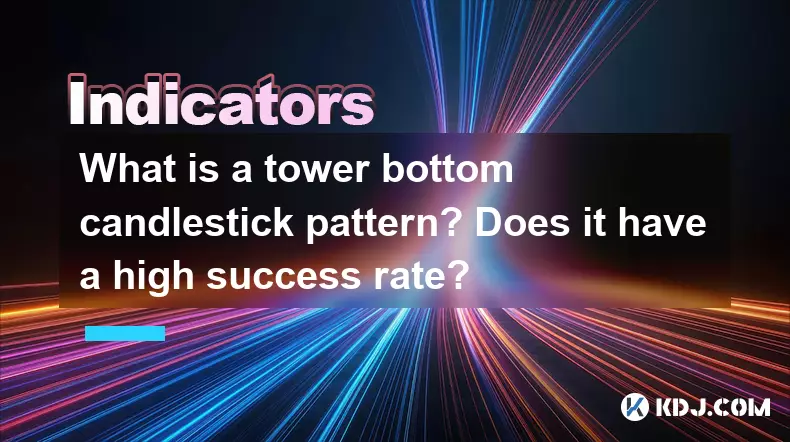
What is a tower bottom candlestick pattern? Does it have a high success rate?
Sep 22,2025 at 07:18am
Tower Bottom Candlestick Pattern Explained1. The tower bottom candlestick pattern is a reversal formation that typically appears at the end of a downt...
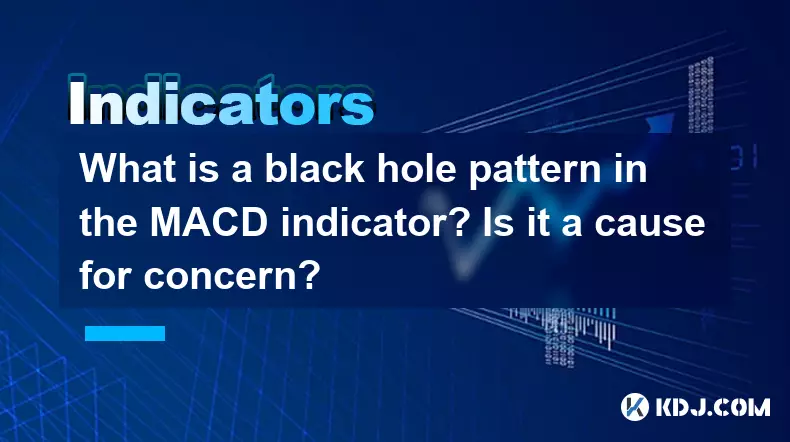
What is a black hole pattern in the MACD indicator? Is it a cause for concern?
Sep 21,2025 at 06:54pm
Bitcoin's Role in Decentralized Finance1. Bitcoin remains the cornerstone of decentralized finance, serving as a benchmark for value and security acro...

How can I use the psychological line (PSY) to determine market sentiment?
Sep 17,2025 at 02:19pm
Understanding the Psychological Line (PSY) in Cryptocurrency TradingThe Psychological Line, commonly referred to as PSY, is a momentum oscillator used...
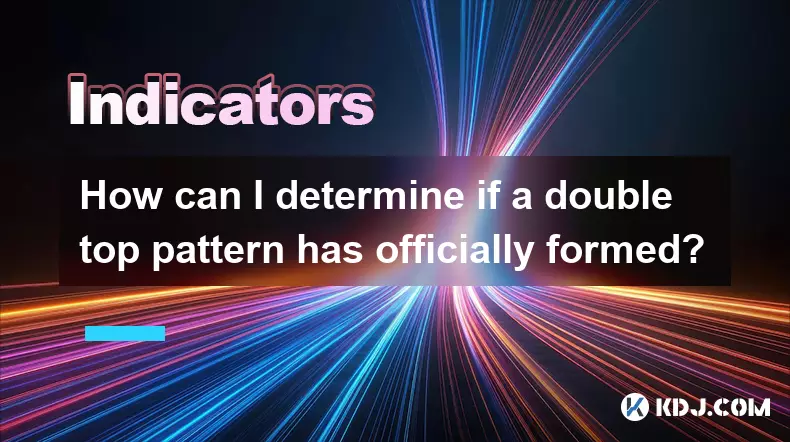
How can I determine if a double top pattern has officially formed?
Sep 21,2025 at 03:18am
Understanding the Structure of a Double Top Pattern1. A double top pattern consists of two distinct peaks that reach approximately the same price leve...
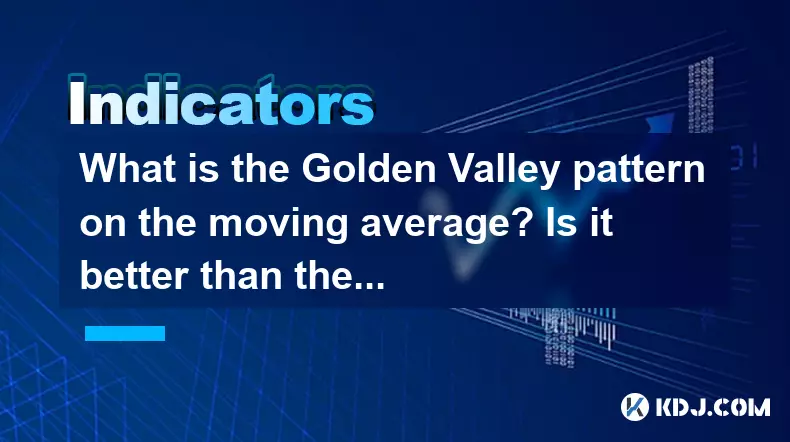
What is the Golden Valley pattern on the moving average? Is it better than the Silver Valley pattern?
Sep 21,2025 at 02:54pm
Understanding the Golden Valley Pattern in Moving Averages1. The Golden Valley pattern is a technical formation observed in cryptocurrency price chart...

What does a death cross of the RSI in the strong zone (above 50) mean?
Sep 17,2025 at 10:54pm
Understanding the Death Cross in RSI Context1. The term 'death cross' is traditionally associated with moving averages, where a short-term average cro...

What is a tower bottom candlestick pattern? Does it have a high success rate?
Sep 22,2025 at 07:18am
Tower Bottom Candlestick Pattern Explained1. The tower bottom candlestick pattern is a reversal formation that typically appears at the end of a downt...

What is a black hole pattern in the MACD indicator? Is it a cause for concern?
Sep 21,2025 at 06:54pm
Bitcoin's Role in Decentralized Finance1. Bitcoin remains the cornerstone of decentralized finance, serving as a benchmark for value and security acro...

How can I use the psychological line (PSY) to determine market sentiment?
Sep 17,2025 at 02:19pm
Understanding the Psychological Line (PSY) in Cryptocurrency TradingThe Psychological Line, commonly referred to as PSY, is a momentum oscillator used...

How can I determine if a double top pattern has officially formed?
Sep 21,2025 at 03:18am
Understanding the Structure of a Double Top Pattern1. A double top pattern consists of two distinct peaks that reach approximately the same price leve...

What is the Golden Valley pattern on the moving average? Is it better than the Silver Valley pattern?
Sep 21,2025 at 02:54pm
Understanding the Golden Valley Pattern in Moving Averages1. The Golden Valley pattern is a technical formation observed in cryptocurrency price chart...

What does a death cross of the RSI in the strong zone (above 50) mean?
Sep 17,2025 at 10:54pm
Understanding the Death Cross in RSI Context1. The term 'death cross' is traditionally associated with moving averages, where a short-term average cro...
See all articles









































































